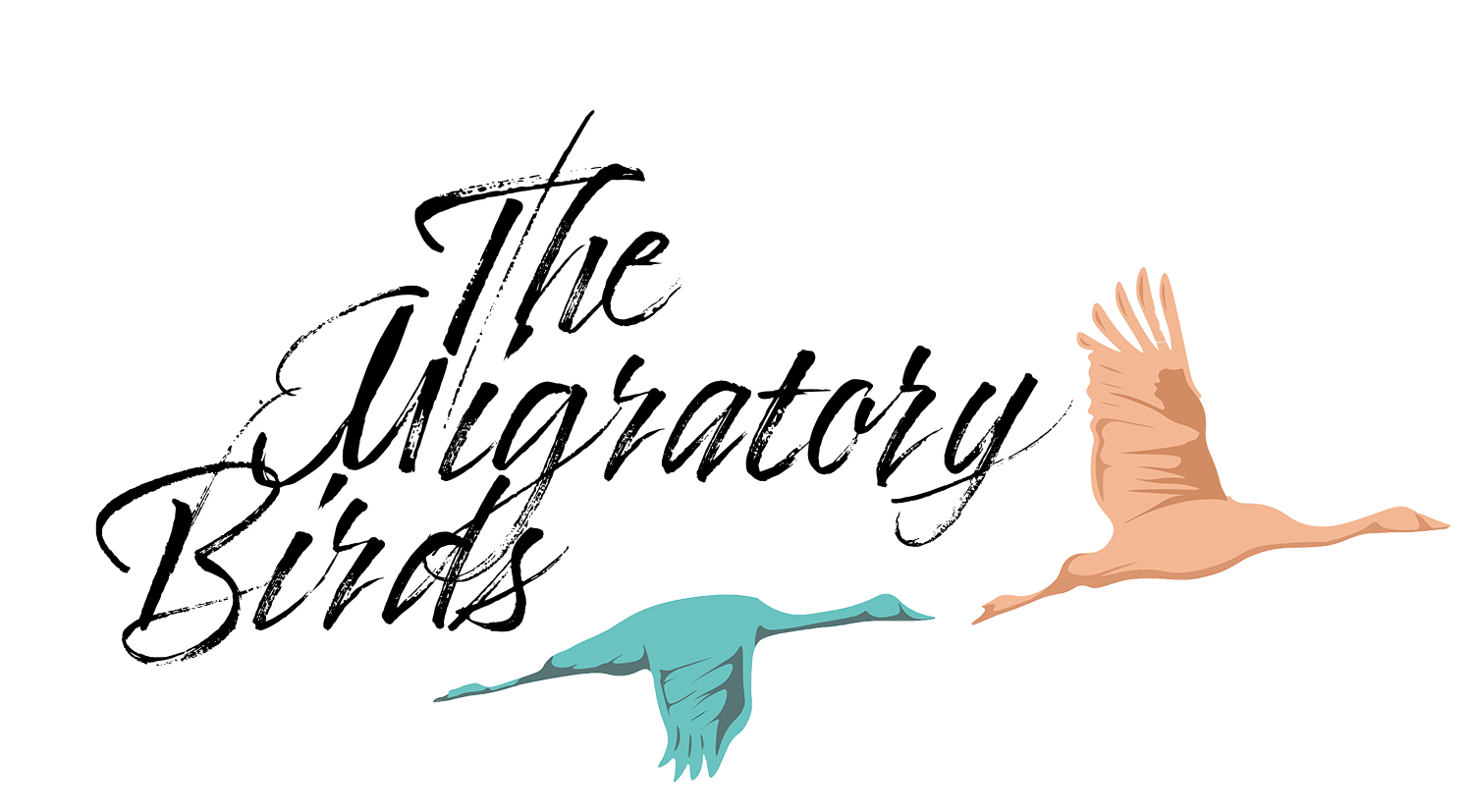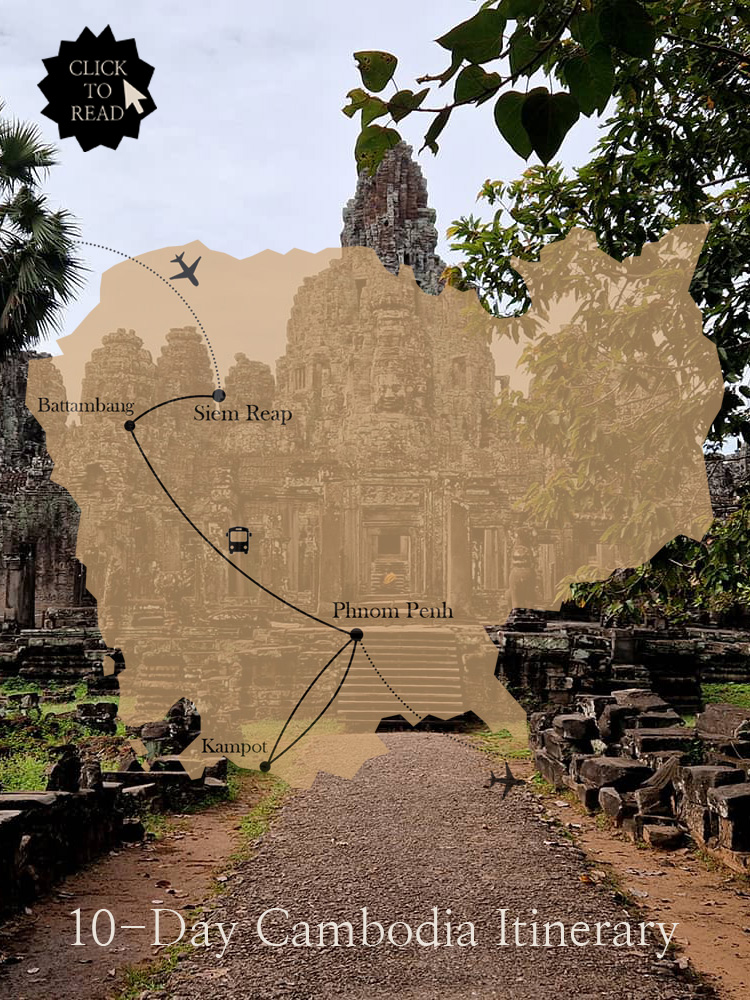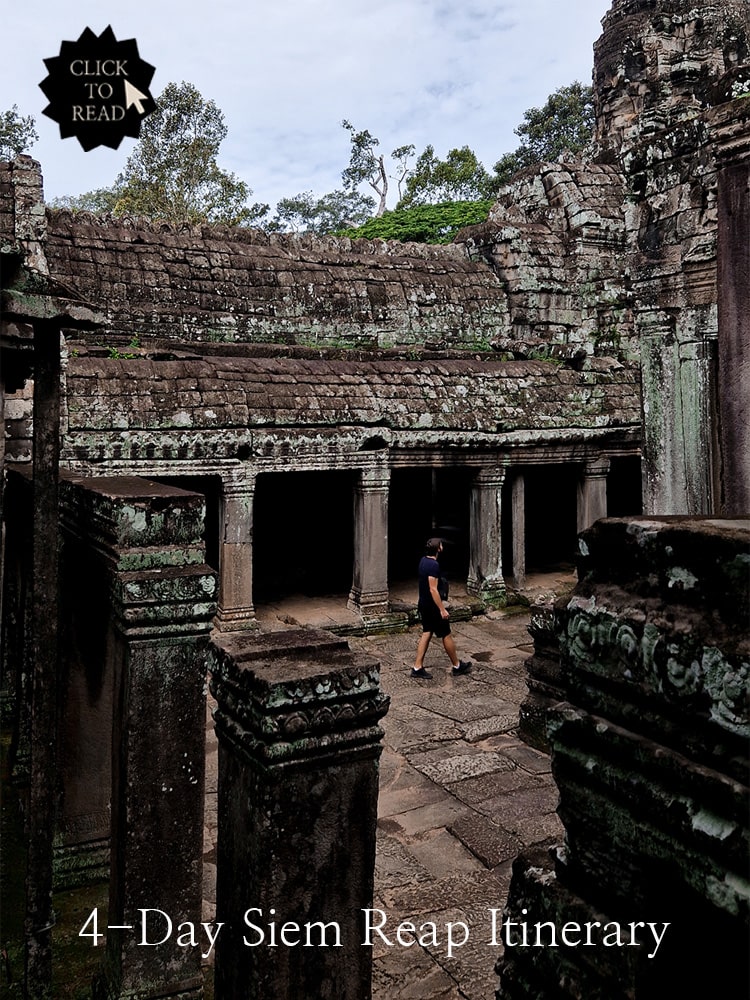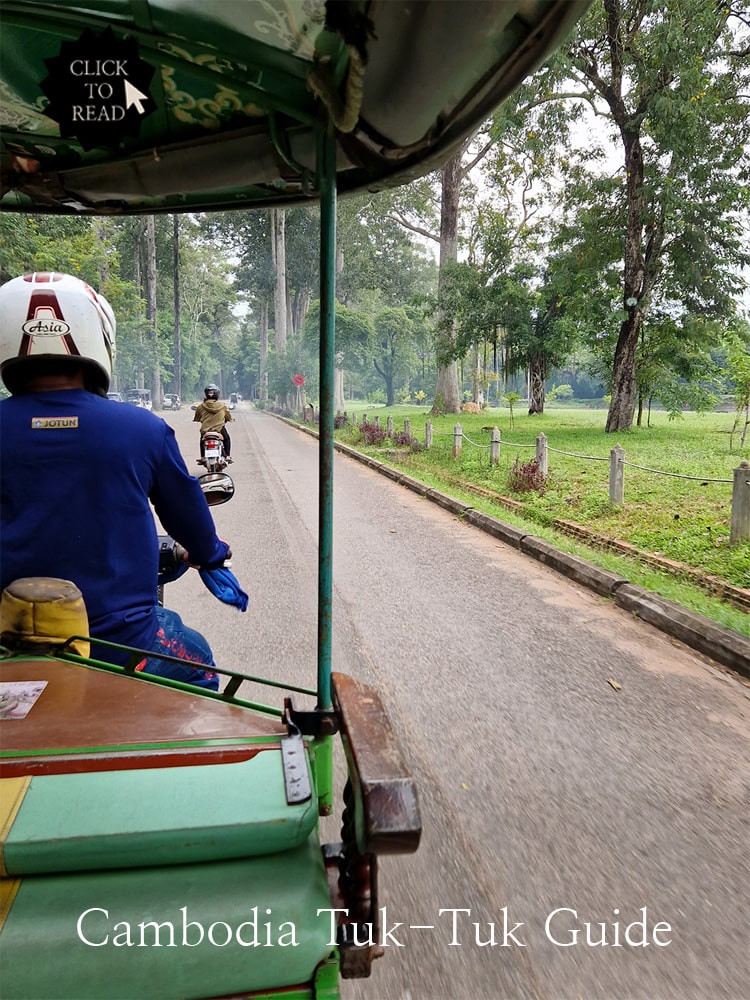Complete Cambodia Travel Checklist – On Entry Requirements, SIM Cards, Cash, ATMs and more!
Are you currently planning your trip to Cambodia and wondering: Do I need a Visa? Visa on arrival or e-Visa? What is the Angkor Pass? Where should I get a SIM Card? Do I need cash? And so on. If yes, then lucky for you, we already did all the research. In this complete Cambodia Travel Checklist, we walk you through the most important details you might want to know before going on your first ever trip to Cambodia!
Note: This post may contain affiliate links. By interacting with these links, you can support us and our website at no extra cost to you🍀! Our affiliate links are marked by an *, so you can recognise them in advance. For more information, read our Disclaimer.
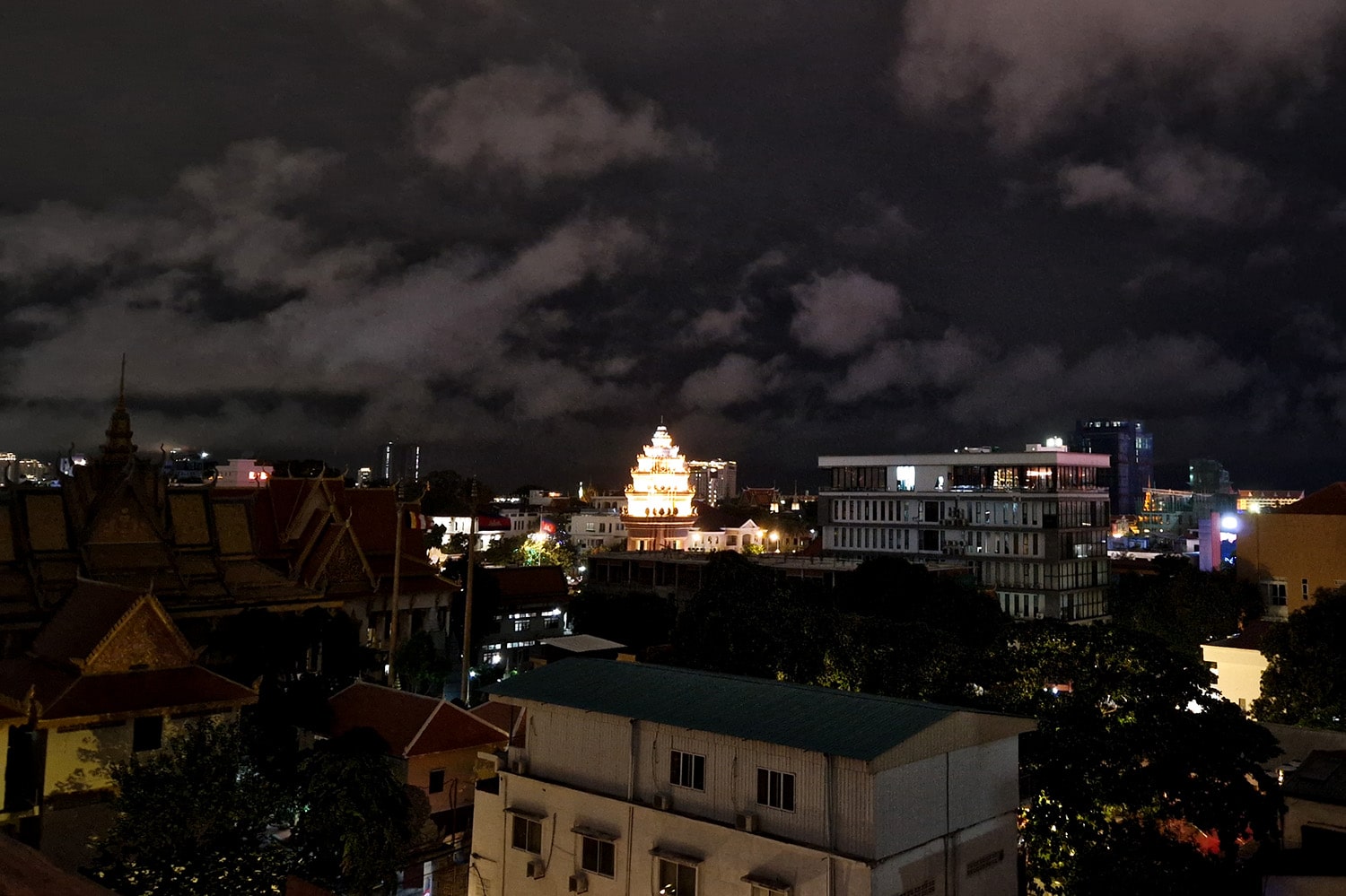
Complete Cambodia Travel Checklist
In this Cambodia travel checklist, we cover five major categories and a number of subcategories that are relevant for anyone planning a trip to Cambodia.
While this organisational stuff may not be the most exciting thing to read about, we guarantee it will help you have as smooth a trip as possible! And as always, you can use the Table of Contents above to skip to the sections that are most relevant for you and your trip.
We cover general entry requirements as well as a lot of practical information about travelling Cambodia such as where to find ATM’s, whether you need cash and what SIM Card to get. There is a lot to unpack, so let’s get started!
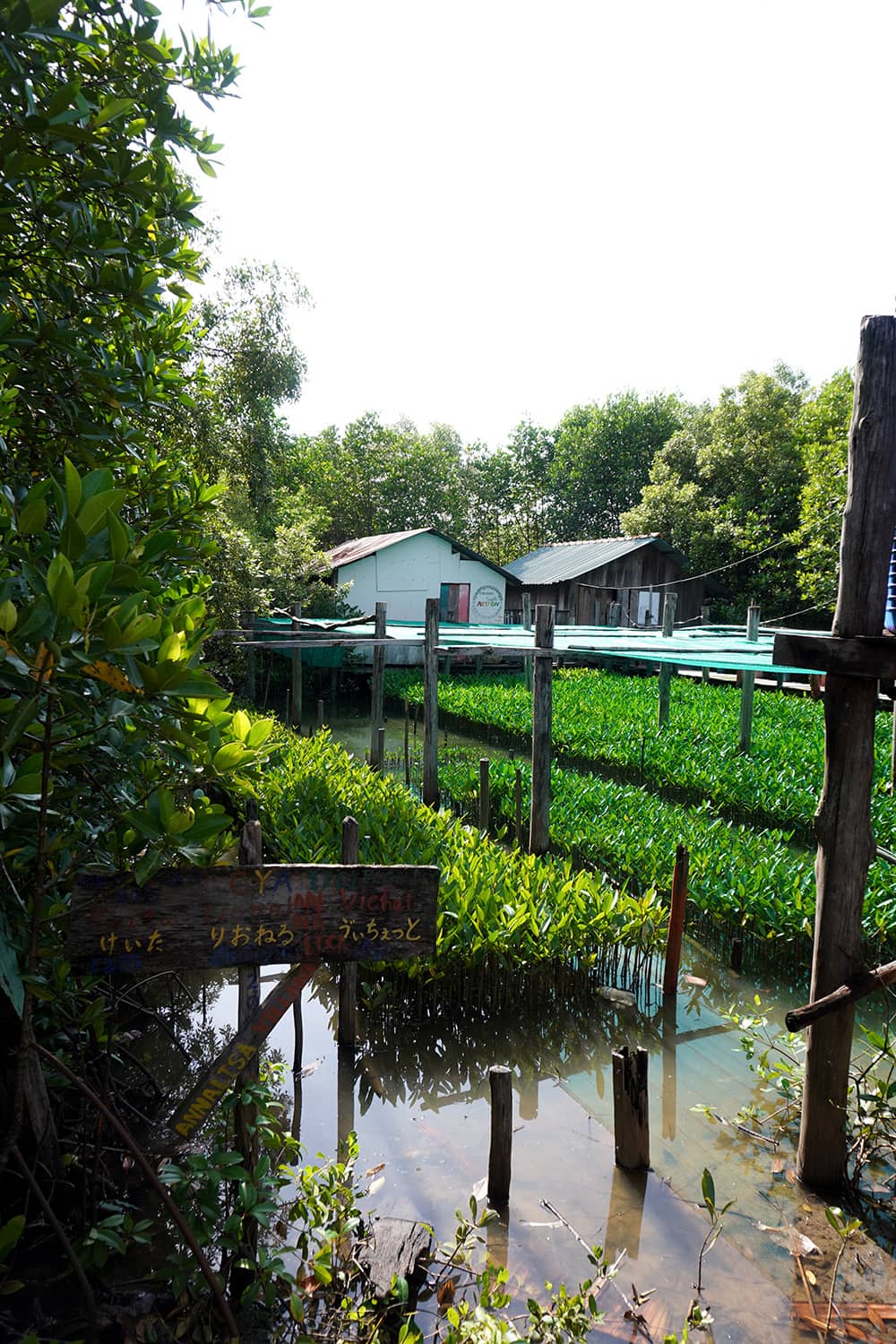
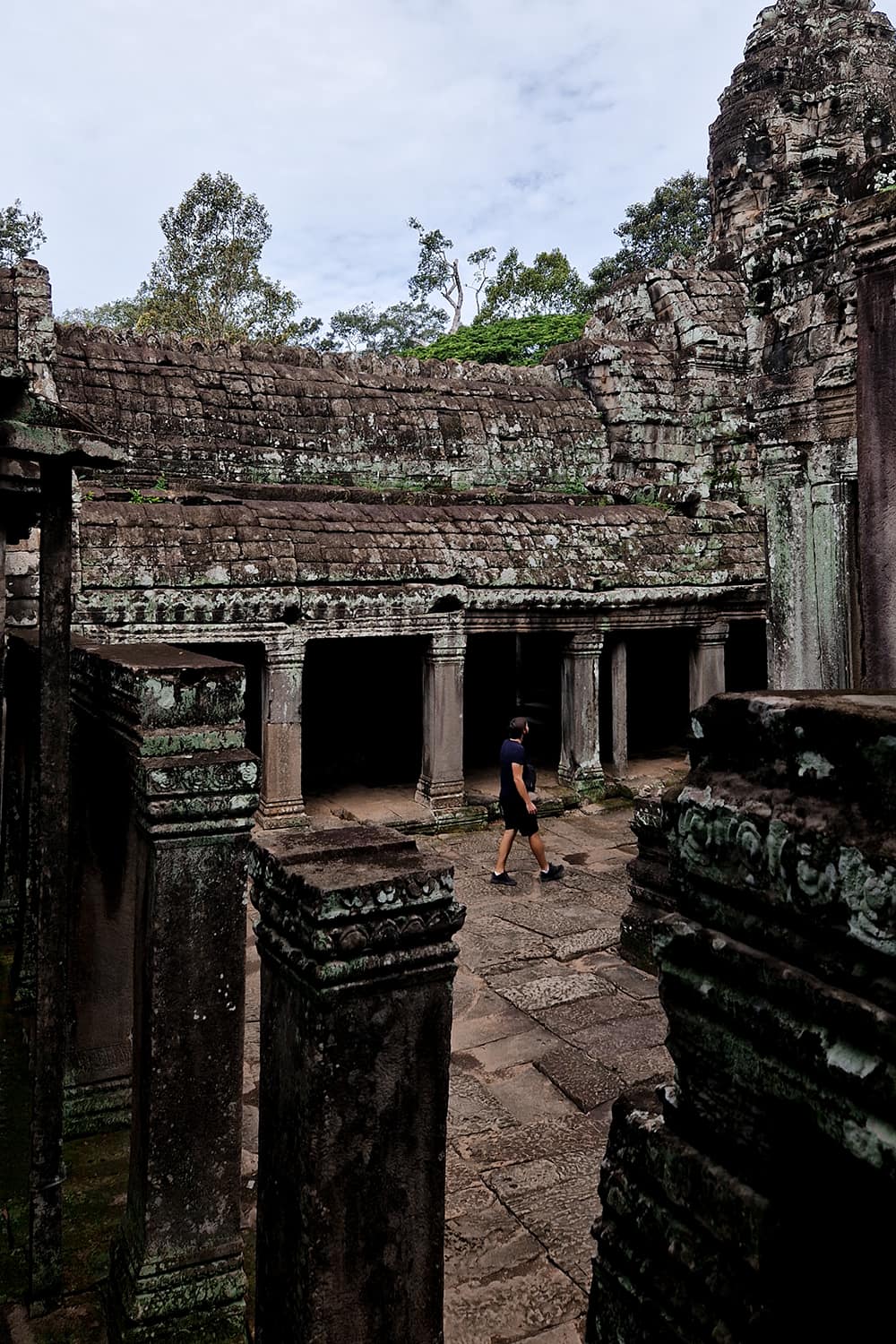
Don’t know yet what your Cambodia Itinerary looks like? Check out
1. Cambodia Entry Requirements
In this section, we will go over the general entry requirements you should be aware of before travelling to Cambodia. It is meant to give you a good overview of what you might need to prepare before your trip. However, make sure to always check with the embassy of your own country for further information and latest updates. (This section was last updated in January 2025).
🛂 What are the general entry requirements for a short-term stay in Cambodia
- Your passport needs to be valid for at least another 6 months upon entry to Cambodia.
- A Visa (or e-Visa), if required for the country your passport is issued from. Which is very likely the case!
🪪 Do I need a Visa to go to Cambodia for a short term visit?
The only citizens that are exempt from applying for a Cambodia Visa for short-term stays hold a passport from either: Laos, Malaysia, Philippines, Singapore, Vietnam, Thailand, Indonesia, Brunei Darussalam or Myanmar.
If your country is not listed above, then the answer to this question is: Yes, you will need a Visa for travelling Cambodia! The tourist visa (Visa T) is valid for a single entry and subsequently 30 days in Cambodia and will cost you 30$ (USD) (plus some sort of processing fee, usually 6-7$). More details can be found on this official Cambodian government website.
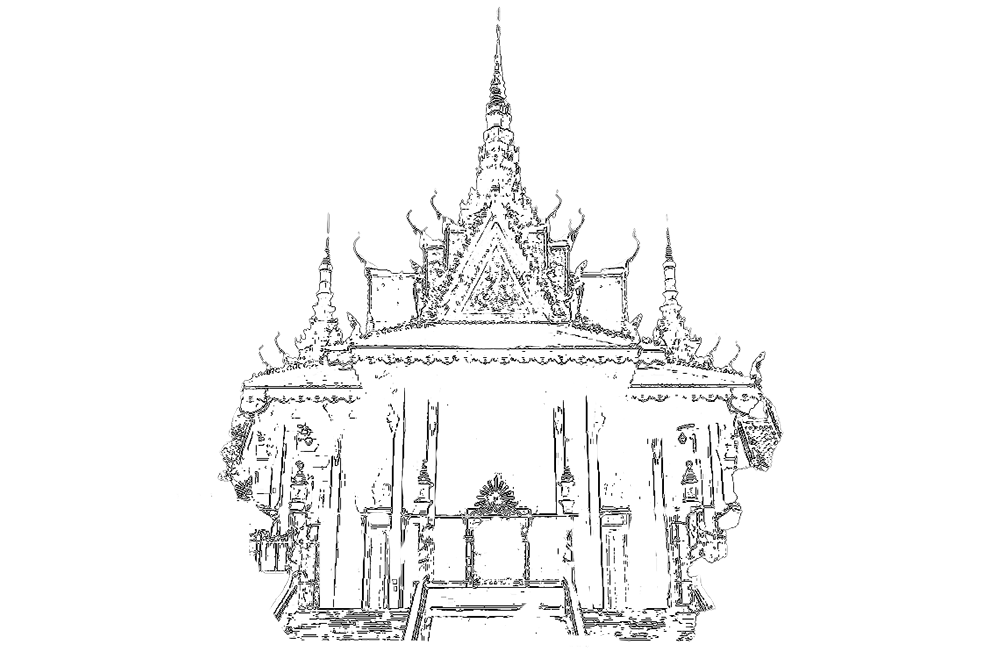
Did you know? You can find all our travel guides, itineraries and so much more on our dedicated Cambodia Travel Guide Page!
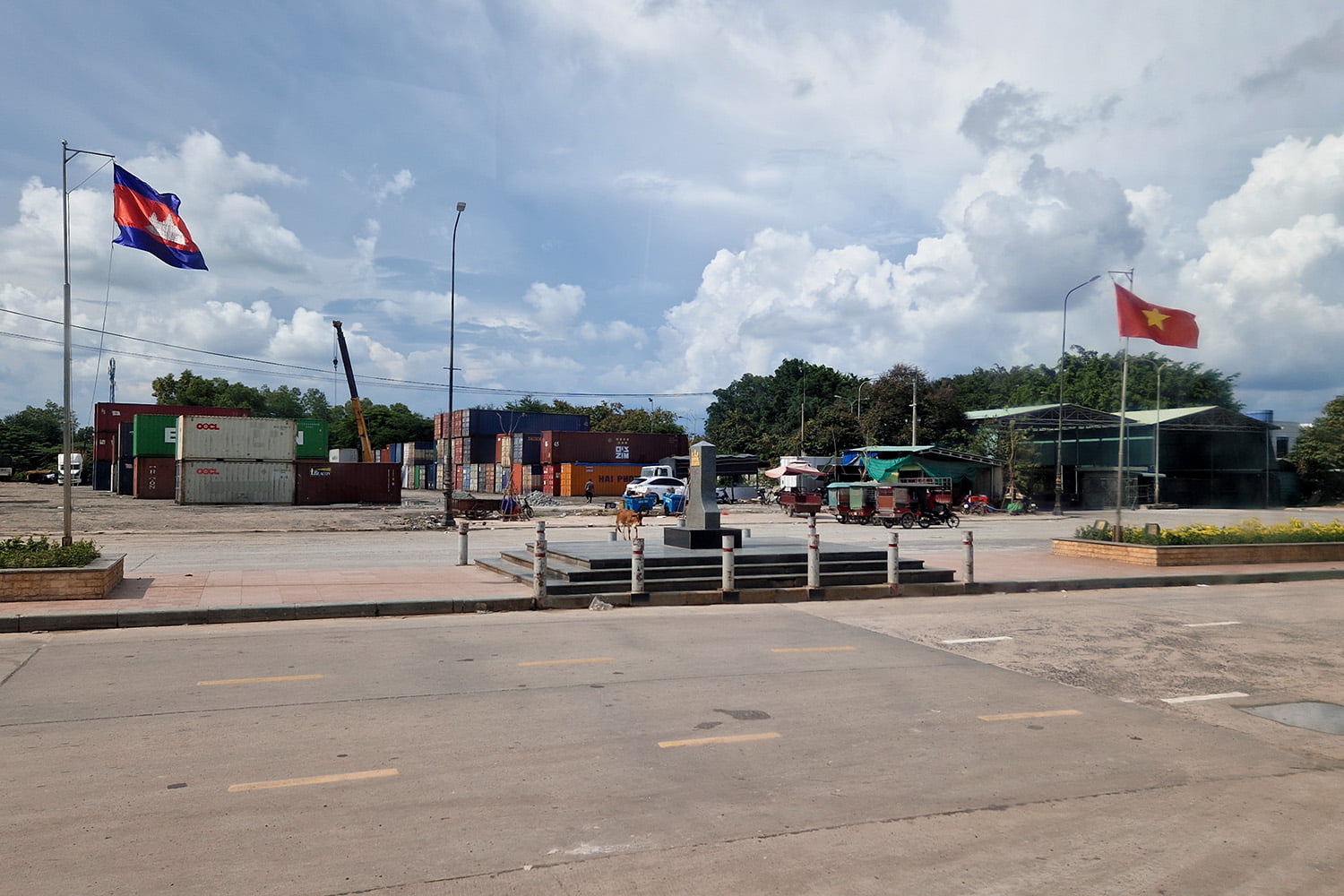
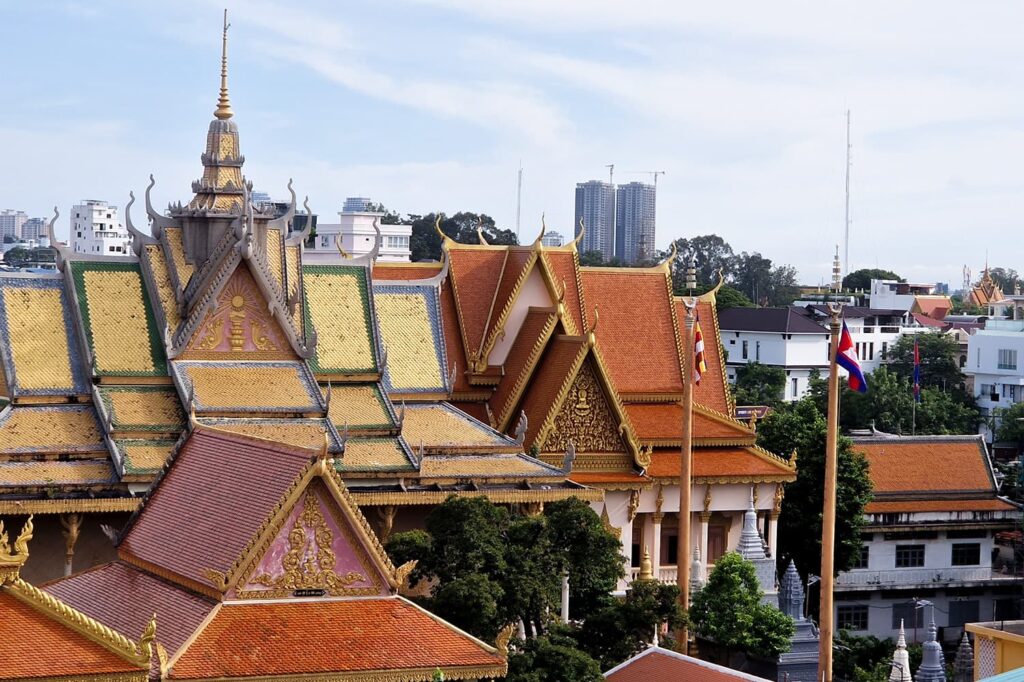
Now, how do you apply for the Cambodia tourist Visa?
There are actually two ways to get a Cambodia tourist Visa. Either you apply for an e-Visa prior to your trip or you get a Visa on arrival once you land or reach the border.
🌐 Know this when applying for an e-Visa
- Applying for an e-Visa should only be done via the official Cambodian e-Visa website (URL: https://www.evisa.gov.kh/)! Go to ‘Apply Now’ and follow the instructions on site (i.e. enter your personal details, travel details, payment method, etc.)
- Price: 30$ + 6$ processing fee
- Apply at least 4 business days prior to your trip to be safe (there is a processing time of 3 business days), but less than 2 months before your date of entry (applications are not accepted earlier than 2 months prior).
- Also, it is important to note that you can only enter Cambodia via a few select port of entries with an e-Visa! A list of said port of entries can be found on the e-Visa website as well. The most popular entry points for tourists, e.g. Siem Reap and Phnom Penh airport as well as Poi Pet (Thailand), Bavet (Vietnam) and Tropaeng (Laos) land border crossings, accept the e-Visa.
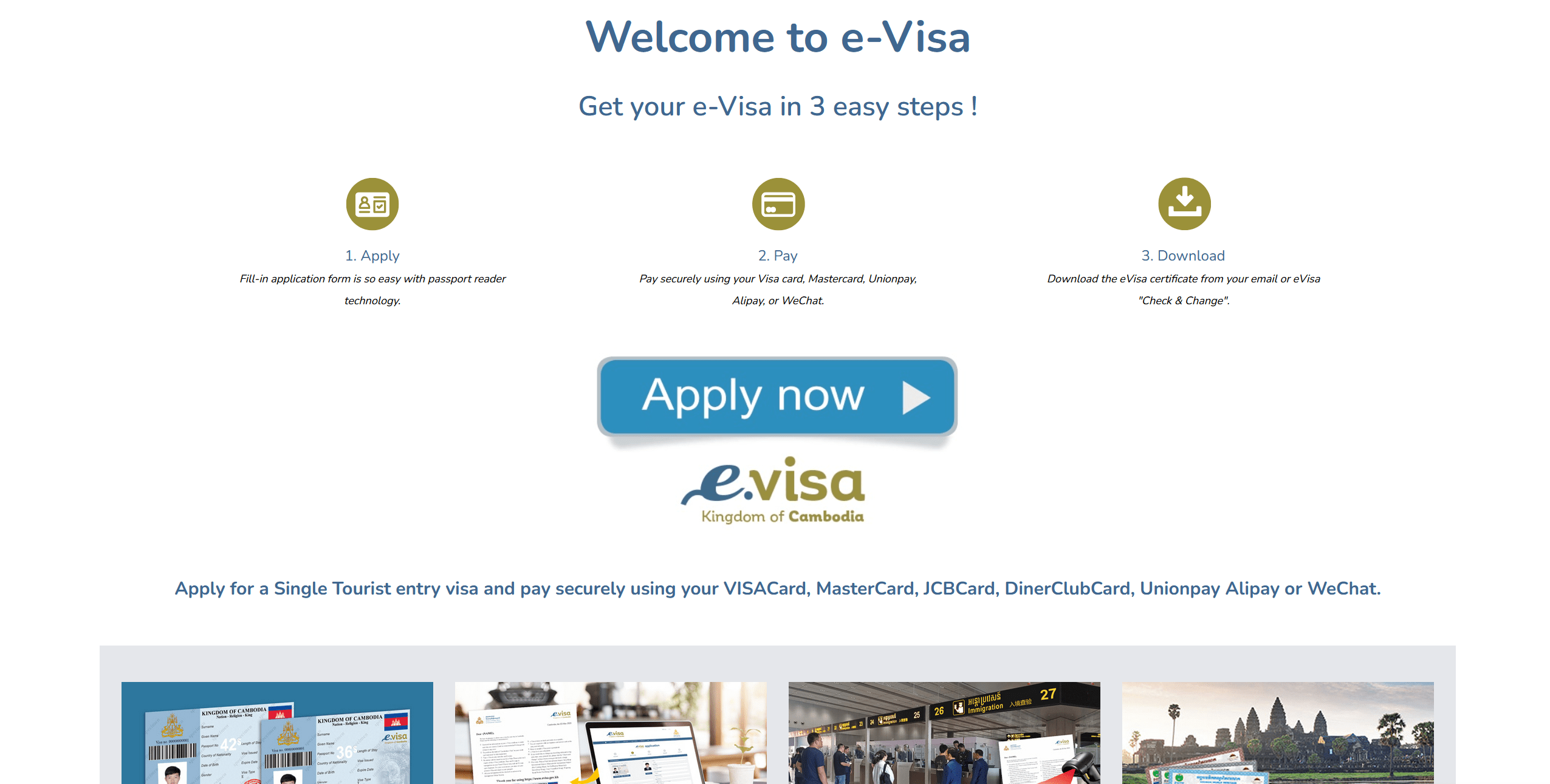
🎟️ Know this about the Visa on arrival
- As the name suggests you can obtain a Visa on arrival once you arrive at the Cambodian border, be that at an airport or at one of the land borders. The paperwork may already be given to you beforehand on the plane or bus.
- You’ll need your passport, a passport photo (ideally have 2 on hand) as well as the amount of the Visa fee in cash in USD. We would recommend having the USD on you beforehand and avoid the stress of having to exchange your money at the border.
- Price: 30$ (again there may be a 6-7$ processing fee)
- Do note, there are a number of African as well as South and Western Asian countries that are not eligible for a Cambodian Visa on arrival.
Our personal experience with the Visa on Arrival:
We travelled to Cambodia by bus from Bangkok* and thus entered the country at Poi Pet. We went with TravelBusAsia (formerly called Travel Mart) and paid them to do the Visa application for us.
This had the advantage that:
- We paid the Visa fees + assistance/processing fees to them, which we were able to do in Thai Baht (we had no USD on us, I know, do as I say not as I do😆). We paid 1300 Baht (~37USD) (in September 2023)
- After exiting Thailand, everyone on the bus went to eat lunch while the staff proceeded to get our Visa applications approved.
- Then, the only thing left to do was actually enter Cambodia, which was really quick and easy.
The staff on the bus was super friendly and spoke great English. They explained every step of the process to us beforehand and answered all our questions. We highly recommend them for this particular border crossing!
Note: If you do not wish to go through the Visa application with them, you can naturally do so on your own as well. It just may take a little longer.
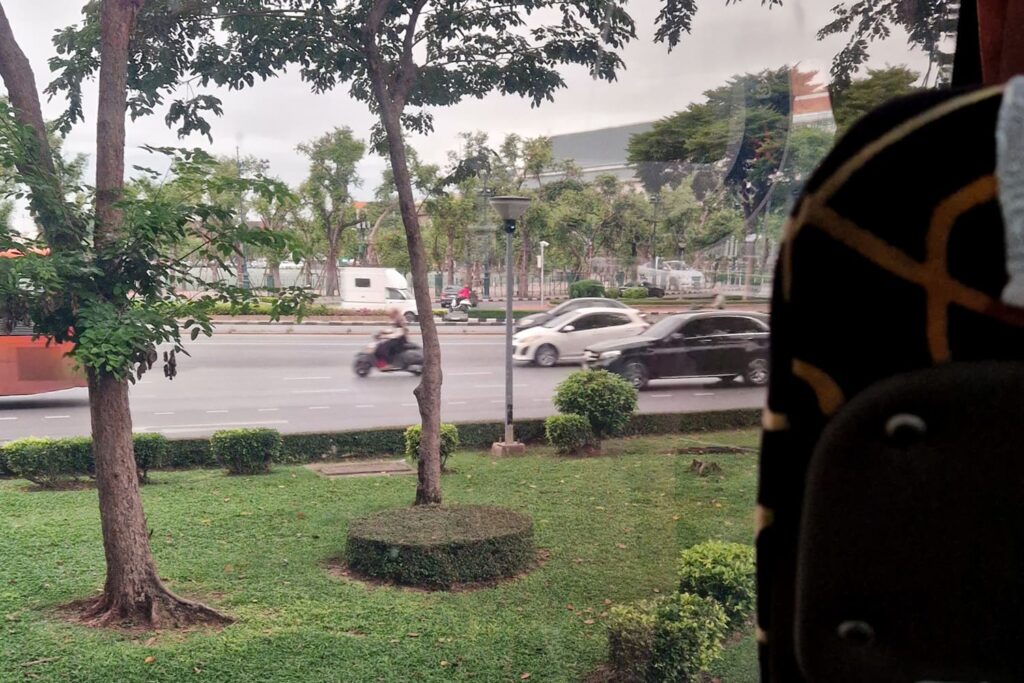
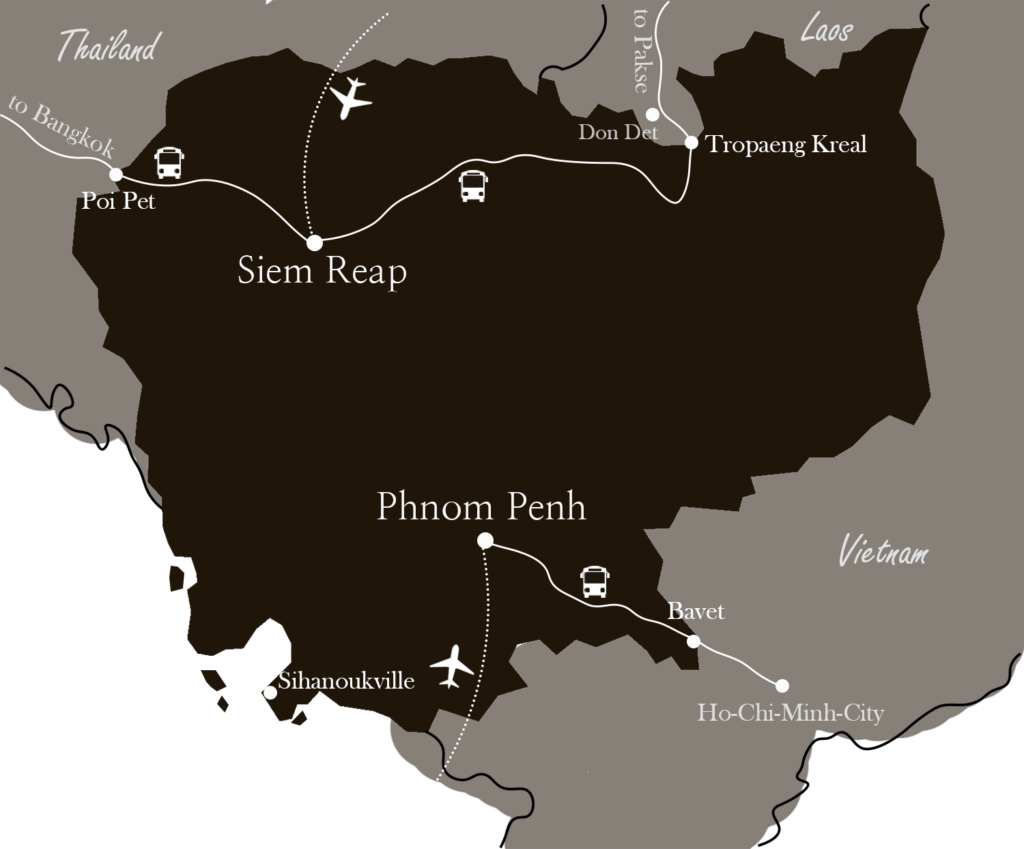
2. Official health recommendations & requirements
- Generally, when going to a new destination we recommend you to visit your nearest travel clinic and talk to a doctor about recommended vaccines and medication for that particular country or region. Make your decisions based on the provided information of your doctor.
- A good online resource to get a first idea of general recommendations is the Fit for Travel website.
- The latter also provides a Malaria Risk Map for Cambodia. Personally, we did not have Malaria prevention tablets on us for our particular Cambodia Itinerary and it ended up being fine. However, if you are unsure, get advice from your travel doctor, especially if you are travelling to a higher risk area within Cambodia.
✅ If you are travelling to Cambodia directly from Europe, Australia, North America or within Asia, there are no required vaccines to enter Cambodia.
🌡️ If you are travelling from South America or Africa, you might need proof of a Yellow Fever vaccination. Find out more on the Fit for Travel website.
3. Best SIM Card, the Angkor Pass and Essential Apps for travelling Cambodia
Now that you know what to prepare for your entry into the country, we will in a next step look at the essentials for travelling Cambodia. What SIM Card is best? Should you apply for an Angkor Pass in advance? And what Apps are helpful for navigating Cambodia? Let’s find out in this section!
📶 What SIM Card is best for travelling Cambodia?
Down below you can find a table that gives you an overview of offers from various operators for both physical SIM as well as eSIM Cards to choose from when travelling Cambodia.
Note: This table does not contain every single offer and operator available. However, it should give you a good idea of what’s possible and we included the offers we personally thought most attractive.
|
Validity |
Physical SIM Card | ||
|---|---|---|---|
|
5 days |
/ |
5GB for ~16€/$ 10GB for ~26€/27$ |
/ |
|
7 days |
15GB for 1,5$ |
/ |
1GB for 4,50€/$ |
|
10 days |
/ |
10GB for ~26€/27$ |
/ |
|
15 days |
30GB for 5$ |
/ |
2GB for 7€/$ |
|
30 days |
100GB for 10$ |
/ |
10GB for 21€/$ 20GB for 32€/$ |
Physical SIM Card
In Cambodia, physical SIM Cards are by far the better and cheaper option, which is why we would actually recommend getting a physical one. Especially, if you have a Dual-SIM phone. The only disadvantage is that you will have to wait until you are in Cambodia to actually buy it. Note: You need your passport to get a SIM Card!
📌 Our Pick for a physical SIM Card would be the Smart Traveller Standard SIM.
In Siem Reap there is a Smart shop right in the city centre where Florence got her SIM Card. They were super friendly and in a matter of a few minutes everything was sorted. We paid 13$ for 75GB of data for 30 days. On their website we could not find that particular offer though, which is why we did not include it in the table.
Cambodia eSIM:
If you prefer getting an eSIM, you won’t be short on options either, albeit a little less attractive ones in terms of the amount of data that you get for what you pay. eSIM have the advantage, that you can already activate them before boarding your plane or bus an thus you’ll be connected as soon as you enter Cambodia.
📌 Our Pick for an eSIM would be the Airalo eSIM*, either 10GB or 20GB, valid for 30 days.
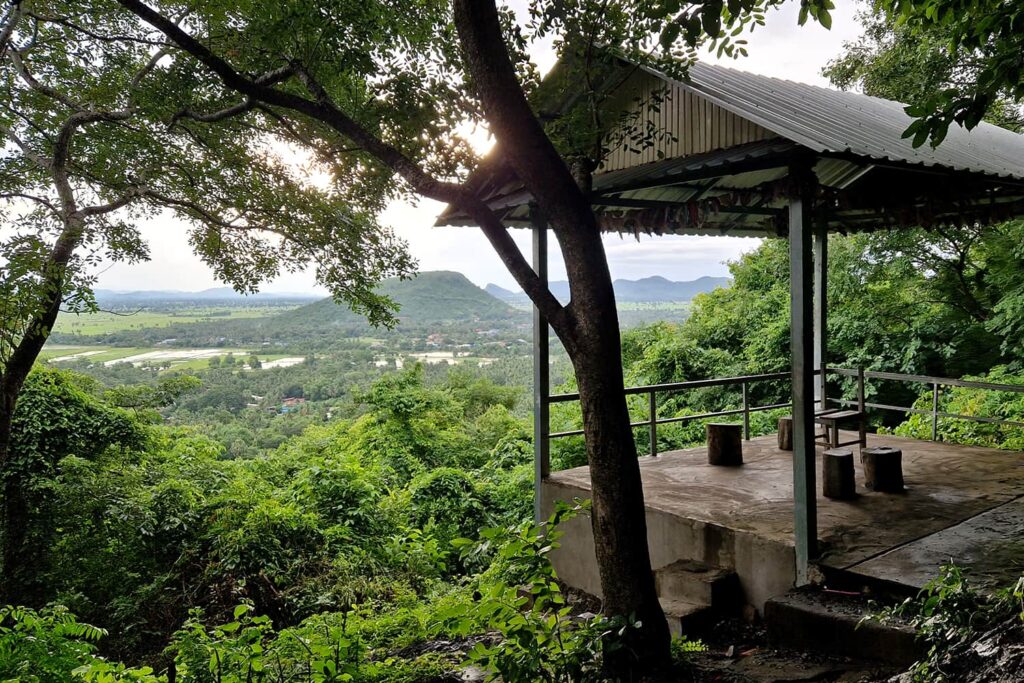
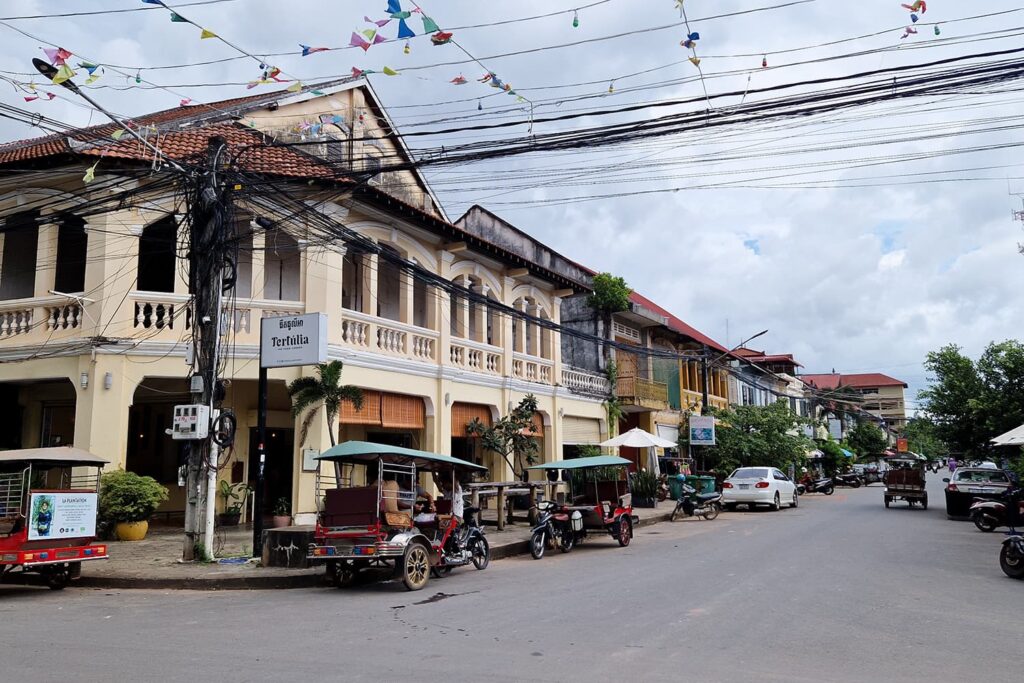
🎟️ The Angkor Pass. How, when and where to get it?
There are actually few things you truly need to book far in advance when it comes to travelling Cambodia. However, one thing we would advise sorting out at least a few days prior to your visit is your Angkor Pass.
What is an Angkor Pass? Your Angkor Pass is your entry ticket for the Angkor Archaeological Park in Siem Reap and contrary to your typical entrance ticket, this one is going to be a personalised one.
You can buy it in advance online and it is going to look like what you see on the image down below.
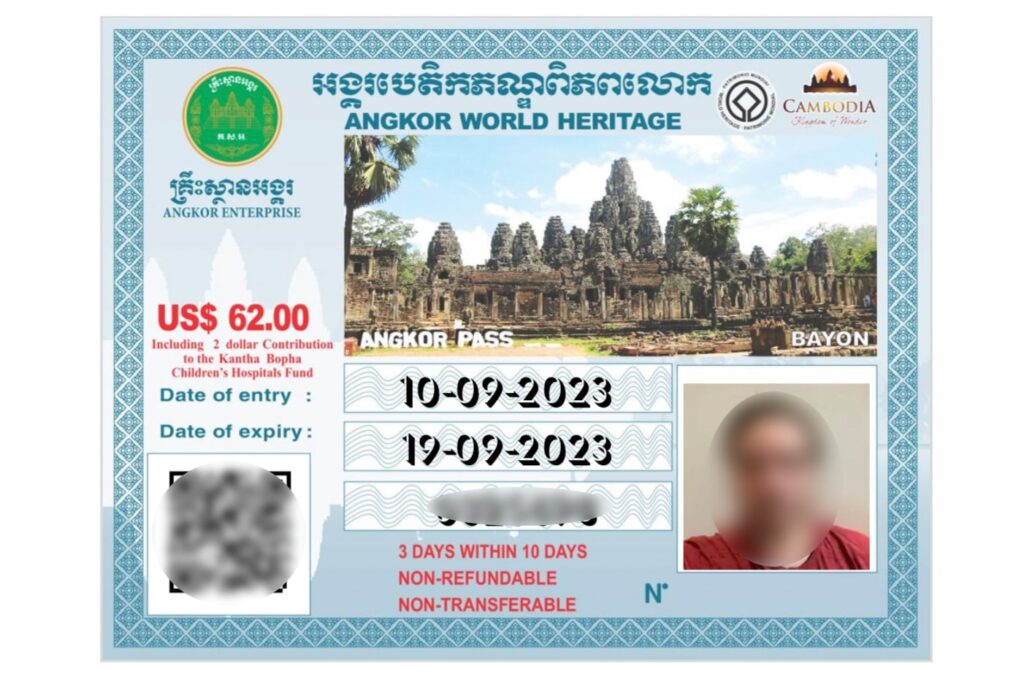
We wrote quite a detailed guide on everything you need to know when visiting the Angkor Archaeological Park, including a whole dedicated section on where to buy the Angkor Pass (Important: stick to the official website!!), pricing, validity of the ticket and a quick step-by-step guide on how to buy your Angkor Pass online.
No time to read the whole Angkor Guide? Go to straight to the dedicated Angkor Pass section:
📱 What are the best apps to use for travel in Cambodia?
Cambodia is one of those countries where you truly do not need many apps to get by. So, what are the three apps we do recommend having on your phone when travelling to Cambodia?
- WhatsApp. A messaging app that you might be using in your everyday life already. Communication with tuk-tuk drivers or tour providers in Cambodia is quite often done via WhatsApp!
- Grab. The easiest and most convenient way to book (taxi) rides (often tuk-tuk’s) in Cambodia. Do note that Grab only works in Cambodia’s bigger cities. Check out Grab!
- Google Maps. For navigating.
4. Cambodia Packing List
Cambodia has tropical climate. That means you should prepare for considerable heat and a decent amount of humidity when selecting what to pack in terms of clothing. Down below you will find a list of items that we consider a MUST for every trip to Cambodia.
🎒 What are essential items you need to pack for Cambodia?
- 🔌 Power Plug Adapter. There is a variety of power sockets used in Cambodia. You will find Type A, C and/or G. To be on the safe side, bring an adapter.
- 👒 Sun hat and sunscreen. For obvious reasons.
- 👜 Crossbody Bag. For day excursions or sightseeing we would usually only bring the essentials in a small cossbody bag. Less to carry and it also minimises the risk of being pick-pocketed!
- 🧣 Scarf (and Sarong). For visiting Buddhist temples and sites such as the Royal Palace in Phnom Penh, knees and shoulders should be covered. This applies both for men and women.
- 🦟 Mosquito Spray. Generally a good idea when travelling to a tropical country. Especially necessary when exploring caves, forest areas and at dusk in Cambodia😆.
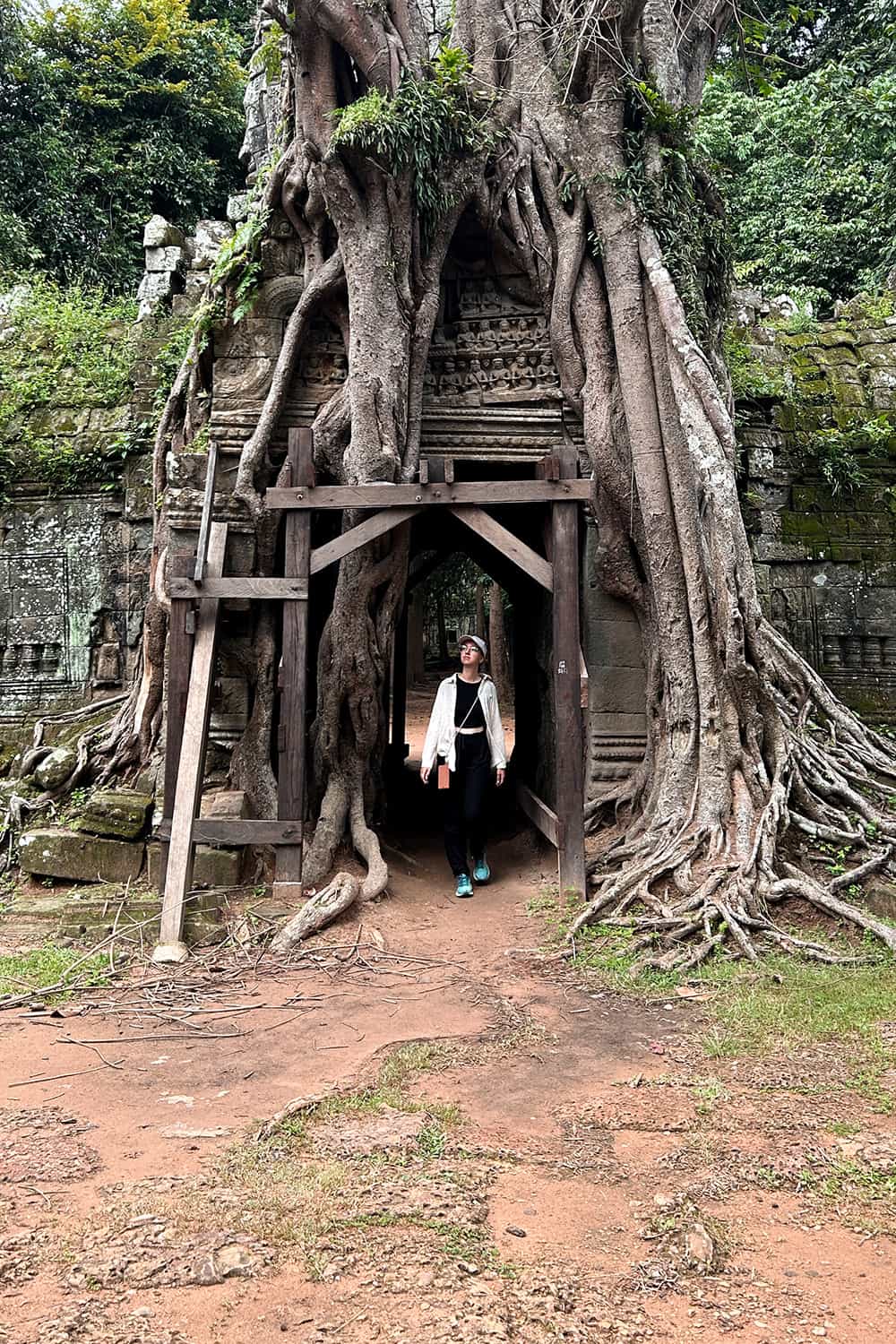
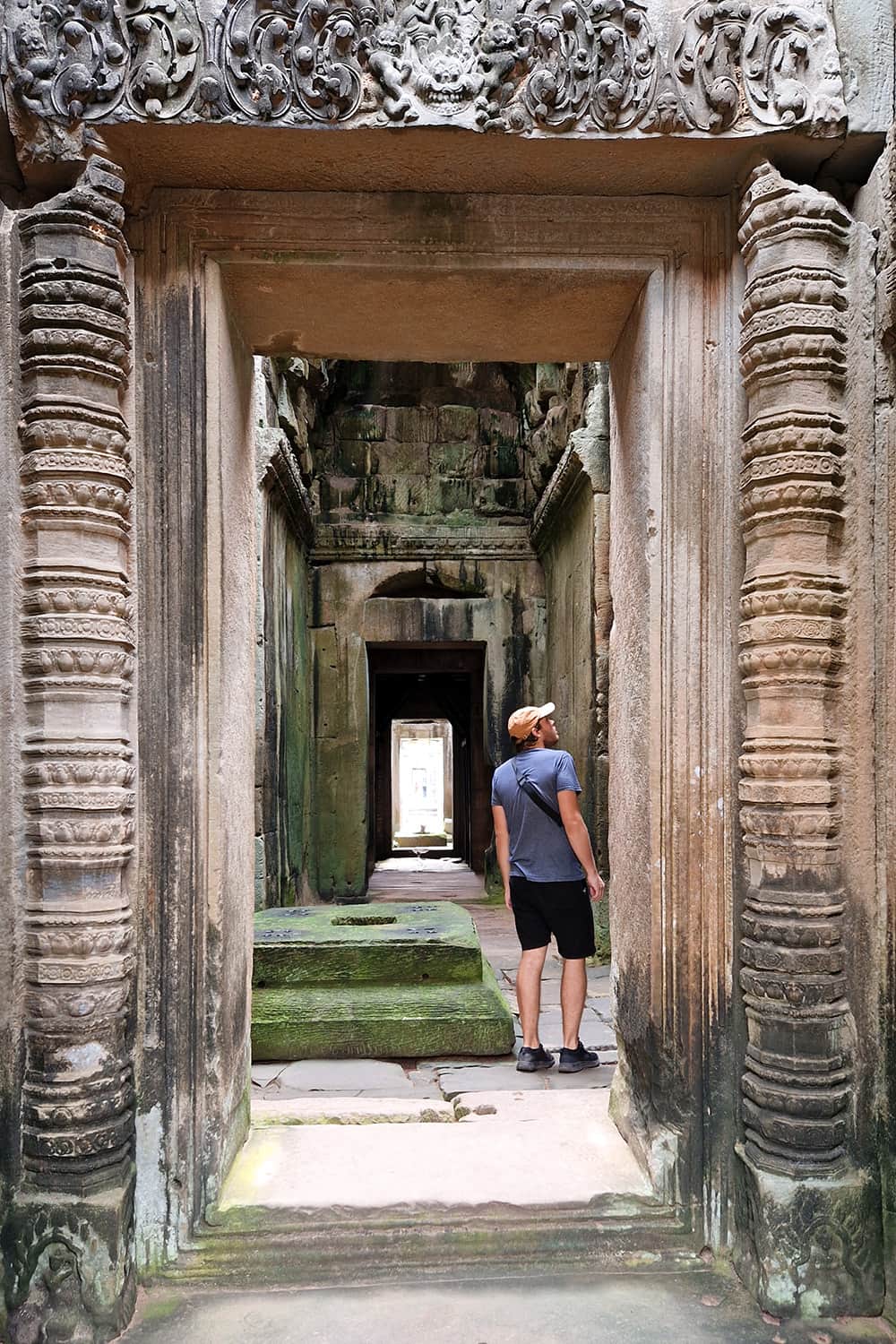
🧳 What is best for travelling Cambodia: Backpack or Suitcase?
I think we are among the few people that travelled Cambodia (and in general Southeast Asia over the span of a few months) with a suitcase. Is it doable? Certainly. Would we recommend doing it? Honestly, not sure.
Here’s the thing. Contrary to countries where there are perfectly paved roads and sidewalks, getting your suitcase places in Cambodia can be quite exhausting. On the other hand, there is always a tuk-tuk driver just around the corner that is more than happy to take you and your suitcase to where you want to go. So technically, you don’t ever have to walk very far with your suitcase.
That being said, travelling around Southeast Asia with a suitcase will leave its marks on the latter. After three months of constant travel around Thailand, Cambodia and Vietnam, one of our suitcases had a broken handle and let’s say more than one dent😆. To be fair, it wasn’t the most expensive of suitcases.
A backpack would certainly fare better with the travel conditions of Southeast Asia. However, you then also need to carry the full weight of your luggage on your back all the time. So, I guess like always, it comes down to your preferences😉.
5. Currency, Conversion Rates and Cash Withdrawal
Last but not least, let’s go over everything related to money and payment methods in Cambodia.
💱 The Cambodian Riel, US-Dollar and Current Conversion Rates
- The Cambodian Riel (KHR) and the US-Dollar (USD/$) are the two currencies used in Cambodia.
- Smaller payments are made in KHR. In general, everything slightly above or under 1 USD.
- Everything over 1 USD is paid in USD. You might get KHR as change though.
- Approximately 1KHR = 0,00024€/$ or 1€/1$ = ~4200KHR.
- For more precise conversion rates or conversions to any other currency, check out the Oanda Currency Converter.
💵 Do I need cash in Cambodia?
The short answer is: YES, we highly recommend you always have cash on you! Once in Cambodia, you are very likely going to have to pay pretty much everything in cash. We certainly did so.
Payment by card may be accepted in bigger stores, restaurants or hotels in Phnom Penh. However, if you are travelling to more rural places and in general in smaller local restaurants or on night markets having cash on you is crucial.
Tip: If you book an accommodation that requests payment on-site, always keep in mind that there is a chance you’ll have to pay in cash!
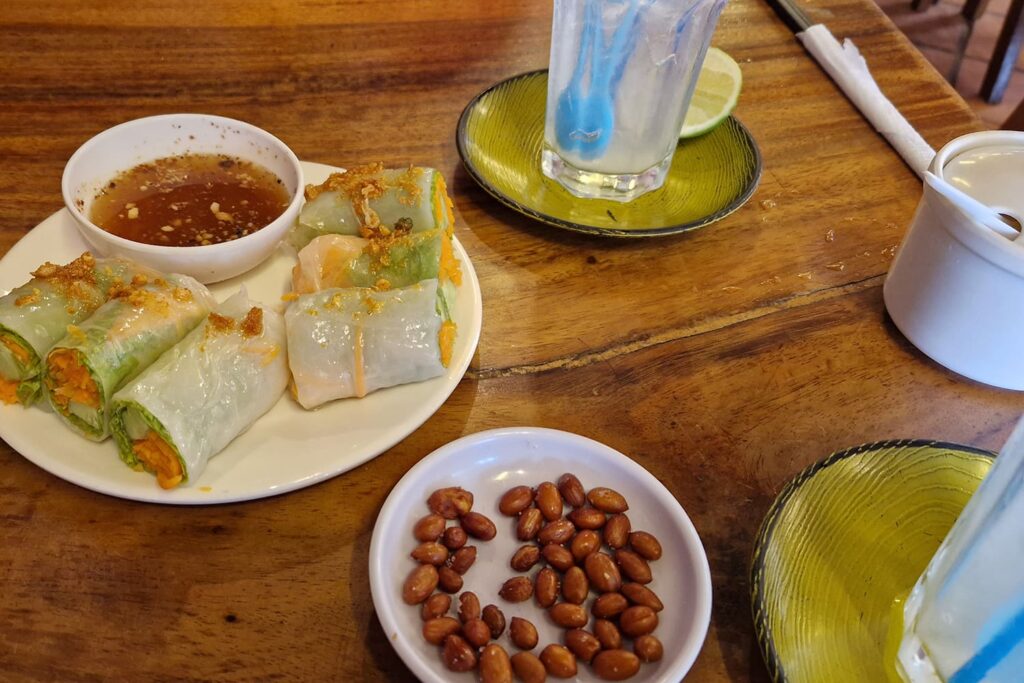
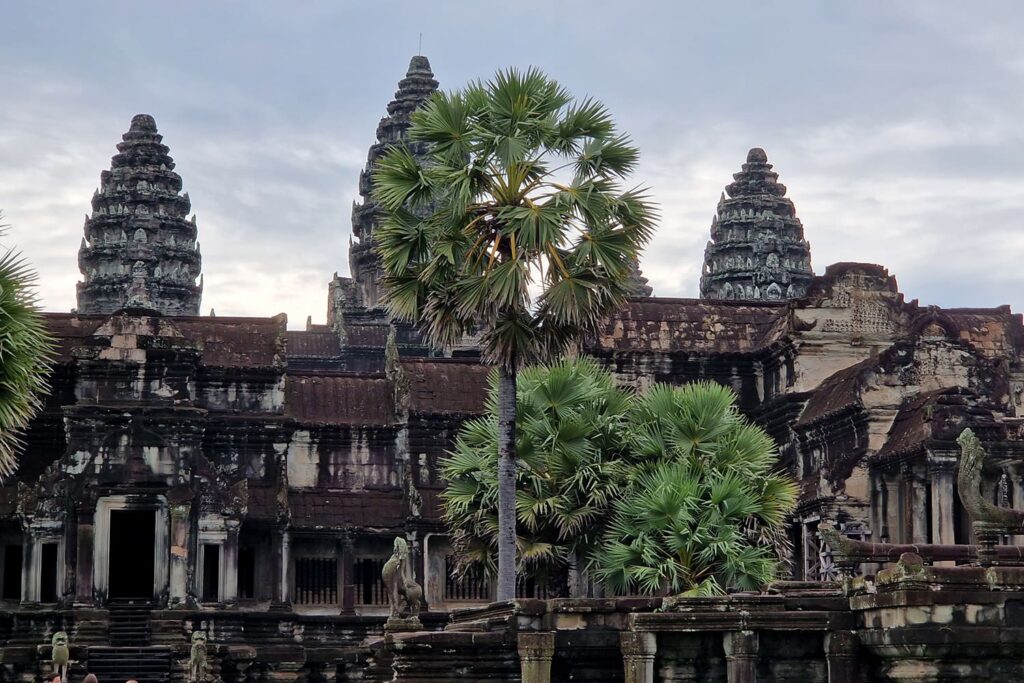
💳 Where to withdraw money in Cambodia
Getting cash in Cambodia is actually fairly simple. Most Cambodian ATMs accept foreign credit cards – at least we never had any trouble with this (unlike e.g. in South Korea🫠). The withdrawal from the ATM is usually in USD, although sometimes you can choose.
- The easiest way to find an ATM is by simply searching ‘ATM’ on Google Maps. If you are hesitant to use a random ATM, you can look for one by a bigger international bank, however these are rather rare. The ATM’s you will find the most are probably from ABA Bank Cambodia or ANZ Royal Bank. Again, we never had any trouble with those.
- Alternatively, search for the nearest 7-Eleven, usually there is an ATM inside or close by.
Final Thoughts on this Cambodia Travel Checklist
In this post we covered the most important organisational details of planning a trip to Cambodia from entry requirements to payment methods, SIM Cards and more. Again, these might not always be the most fun thing to read about. However, if you come prepared, your trip is going to be way less stressful once you’re in Cambodia😉.
If there are other topics you think we should cover in this post, let us know in the comments! Save this post for later use if your trip to Cambodia isn’t for another while. And, as always, safe and happy travels!🍀
Are you looking for more information to plan the most awesome trip to Cambodia?
or
